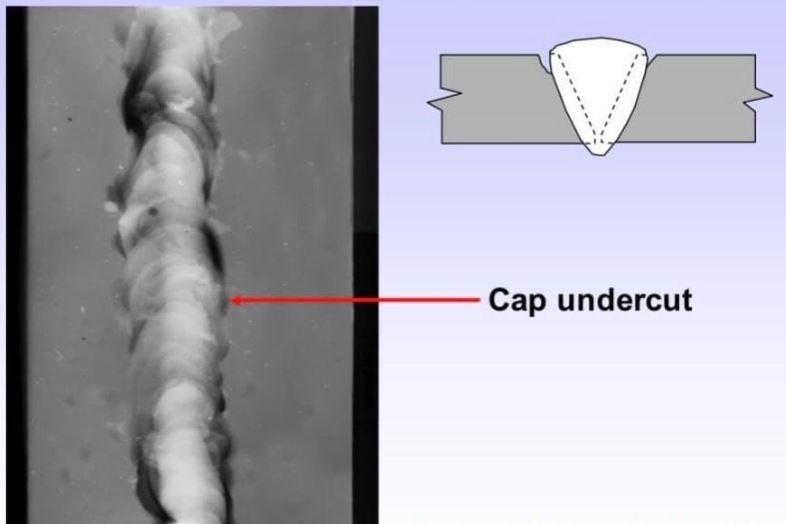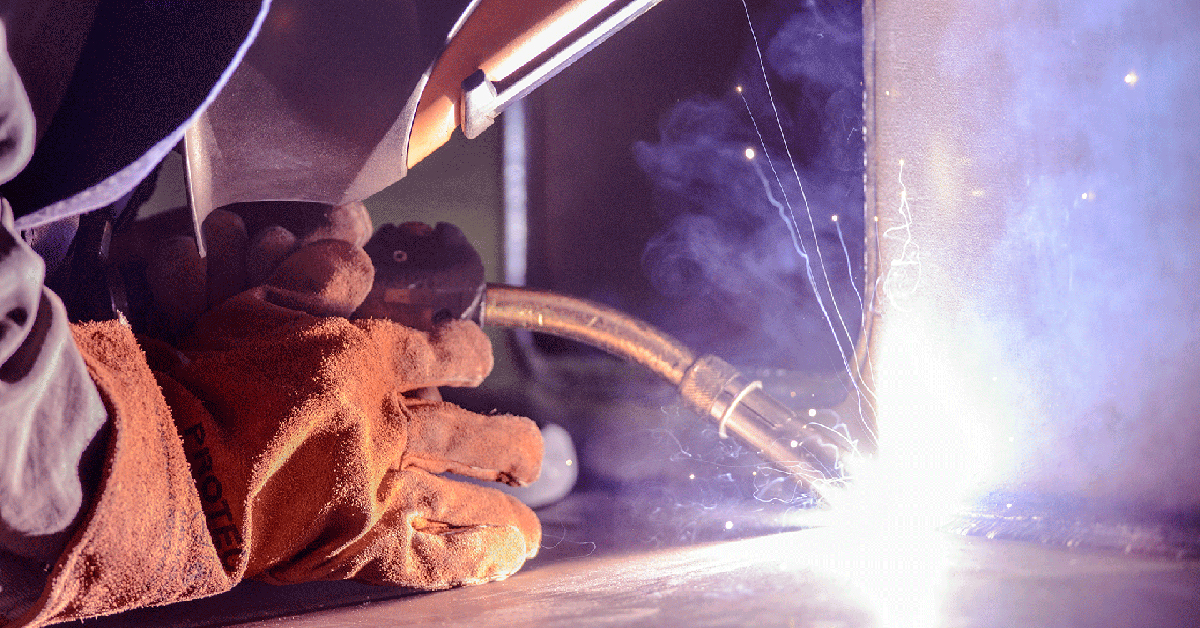Your Full Manual to Preventing Weld Undercut Like a Pro
Your Full Manual to Preventing Weld Undercut Like a Pro
Blog Article
Understanding the Art of Welding: How to Stay Clear Of Undercut Welding Issues for Flawless Manufacture Outcomes
Effectiveness and accuracy are extremely important in the world of welding, where even the least blemish can compromise the structural stability of a fabricated piece. One typical obstacle that welders face is damaging, a problem that can compromise a weld joint and lead to costly rework. By understanding the origin of undercut welding and applying effective methods to stop it, welders can raise their craft to new levels of excellence (Preventing weld undercut). In the quest of remarkable fabrication results, mastering the art of welding to prevent undercut concerns is not simply a skill but a requirement for those making every effort for excellence in their job.
Recognizing Undercut Welding

To stop undercut welding, welders need to guarantee correct welding parameters, such as readjusting the current, voltage, travel rate, and maintaining the right electrode angle. Additionally, utilizing the ideal welding technique for the certain joint configuration is necessary. Using weaving motions or backstepping methods can aid guarantee appropriate weld steel deposition and reduce the probability of undercut development. Regular evaluation of welds throughout and after the welding procedure is additionally essential to catch any kind of undercut very early and make necessary modifications to stop more defects. Preventing weld undercut. By comprehending the reasons of undercut welding and carrying out preventative measures, welders can achieve premium, structurally audio welds.
Reasons of Undercut in Welding
Understanding the variables that contribute to undercut in welding is essential for welders to create top quality, structurally audio welds. Poor welding inaccurate or current welding speed can also add to undercut. Comprehending these reasons and carrying out appropriate welding strategies can assist prevent undercutting concerns, ensuring strong and resilient welds.
Methods to Protect Against Undercutting

To alleviate the danger of undercutting in welding, welders can employ tactical welding techniques intended at boosting the top quality and stability of the weld joints. Furthermore, utilizing the correct welding technique for the specific joint arrangement, such as weave or stringer grains, can contribute to decreasing undercutting.
Employing back-step welding techniques and controlling the weld grain account can also assist distribute warm equally and reduce the threat of undercut. Regular assessment of the weld joint during and after welding, as well as executing top quality assurance procedures, can assist in discovering and addressing undercutting problems immediately.
Importance of Appropriate Welding Specifications
Picking and maintaining suitable welding specifications is essential for achieving successful welds with very little issues. Welding parameters refer to variables such as voltage, current, travel rate, electrode angle, and securing gas circulation price that straight influence the welding procedure. These parameters should be meticulously readjusted based upon the check my reference type of material being welded, its thickness, and the welding method utilized.
Appropriate welding specifications make certain the correct amount of warmth is used to thaw the base steels and filler product uniformly. If the parameters are set too expensive, it can result in extreme warm input, triggering spatter, distortion, or burn-through. On the various other hand, if the criteria are as well low, incomplete fusion, lack of infiltration, or damaging might happen.
High Quality Assurance in Welding Operations

Final Thought
In conclusion, grasping the art of welding calls for a detailed understanding of undercut welding, its reasons, and techniques to avoid it. By making certain appropriate welding parameters and applying quality control techniques, perfect fabrication outcomes can be achieved. It is crucial for welders to constantly strive for quality in their welding operations to stay clear of undercut problems and generate premium welds.
Undercut welding, a common flaw in welding processes, my sources takes place when the weld metal does not properly fill up the groove and leaves a groove or depression along the bonded joint.To prevent undercut welding, welders must ensure appropriate welding criteria, such as changing the existing, voltage, travel speed, and keeping the appropriate electrode angle. Poor welding current or inaccurate welding speed can additionally contribute to damage.To alleviate the threat of undercutting in welding, welders can employ calculated welding methods aimed at enhancing the quality and integrity of the weld joints.In verdict, understanding the art of welding calls for a comprehensive understanding of undercut welding, its causes, and techniques to prevent it.
Report this page